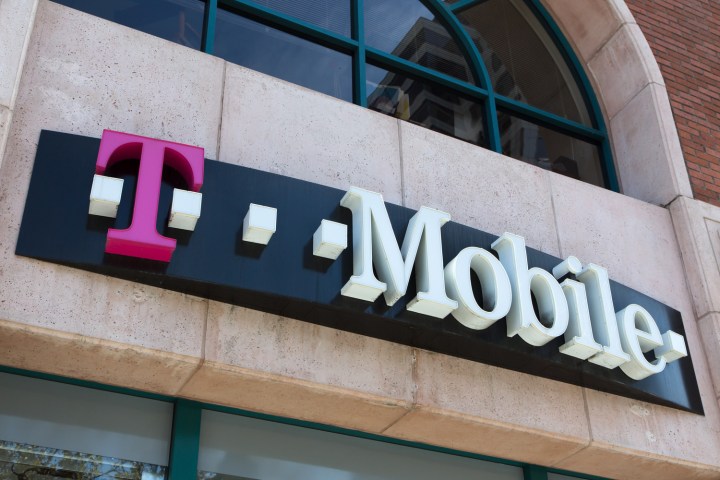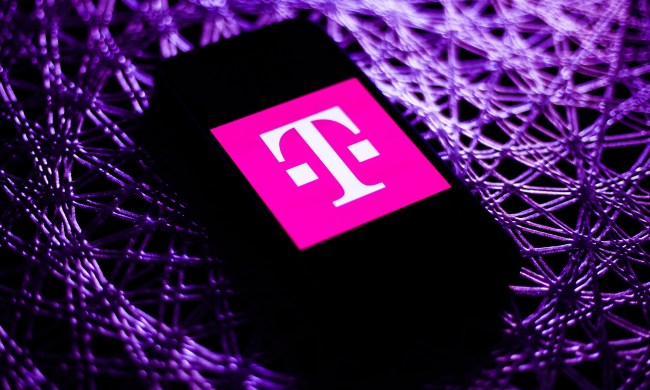
Discovered by security researcher Karan Saini, the flaw basically allowed hackers who knew or guessed your phone number to gain valuable information that could then be used in a social engineering attack or even to gain access to other personal information elsewhere online. That put 76 million T-Mobile customers in danger of having their data compromised.
Even more concerning is the fact that, according to Saini, it would have been pretty easy for an attacker to write a script that automatically retrieved all account details through this bug. As part of the bug, hackers could also access a user’s IMSI number, which is basically a unique identifying number for customers. Using that, hackers could do things like track a user’s location, intercept texts and calls, and more. On top of that, the number could theoretically be used to conduct fraud through taking advantage of the notoriously insecure SS7 network, which is a backbone communications standard.
T-Mobile, for its part, disputes some of the claims made by Saini. Instead of affecting all 76 million customers, T-Mobile says that the bug only affects a small portion of customers. The company also said that it fixed the bug within 24 hours of it being discovered and according to Saini, the company gave him $1,000 for being a part of the T-Mobile bug bounty program, which rewards people who find and report bugs and flaws.
The report comes at a time when it’s looking more and more like Sprint and T-Mobile will announce a merger in the next few weeks. It’s unlikely this report will have an affect on talks about the merger.
There does not seem to be any evidence that any malicious hackers knew about or exploited the bug, but that doesn’t mean it didn’t happen. Either way, we reached out to T-Mobile and will update this story if we hear back.


